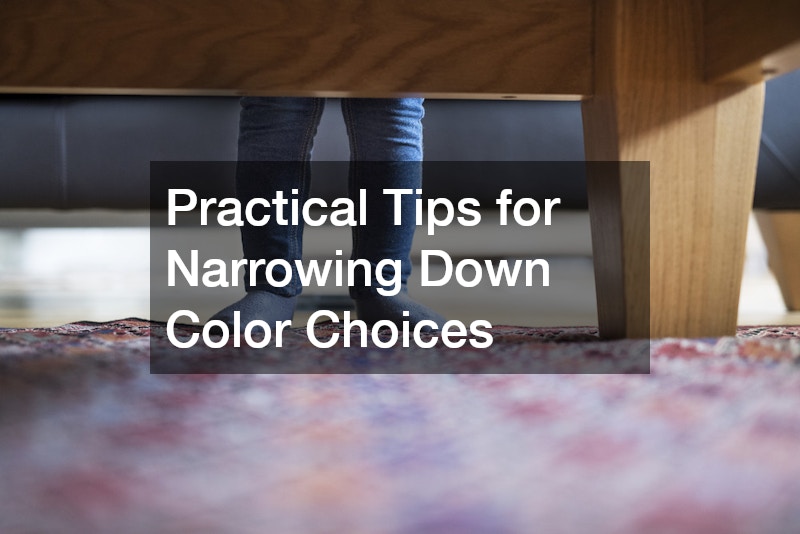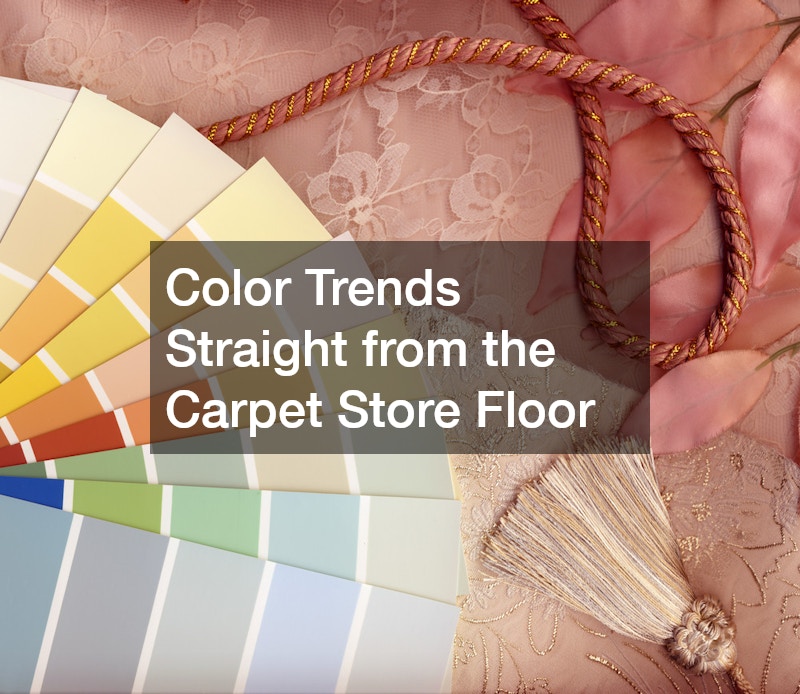This introduction will set the stage for an exploration of the latest color trends directly sourced from carpet stores. We’ll delve into how these trends influence home décor, the top colors to watch for, and expert advice on selecting the perfect carpet color. The information here is rooted in contemporary styles and consumer inquiries.
Current Dominant Carpet Color Trends
Neutral Tones are Making a Comeback
Neutral carpet tones are experiencing a renewed appreciation among homeowners and designers alike. Shades such as gray, beige, and taupe provide a flexible foundation that accommodates a wide variety of room styles and furniture choices. Their timeless appeal and ability to create a calm and inviting atmosphere cannot be overstated.
The resurgence of neutral shades is largely due to their ability to effortlessly blend and harmonize with different color palettes. As people seek more balanced and serene living spaces, such colors offer a soothing backdrop that supports relaxation. Additionally, neutral carpets help in highlighting other design elements like bold art pieces or vibrant furniture without clashing.
Bold and Vibrant Statements
While neutrals dominate, bold colors are making significant waves, offering a different avenue for self-expression and creativity. Vibrant shades, including deep blues, rich reds, and vivid greens, are increasingly sought after for their dramatic impact and ability to energize a room. These colors allow homeowners to make a personal statement and add character to their interiors.
Patterned carpets, featuring geometric designs or botanical motifs, are also part of the bold trend, sought for their dynamic appeal. Such carpets work well as focal points and can set the tone for a room’s overall vibe. Carpet retailers indicate that customers are becoming more adventurous, opting for carpets that serve as both functional and artistic elements in their homes.
How Carpet Colors Influence Interior Design
Balancing Colors with Decor Elements
Carpet colors are integral in creating a cohesive design language within a room, striking a balance between the floor and other decor elements. A well-chosen carpet color can tie together disparate pieces of furniture, walls, and accessories. Designers often use carpets to either complement the existing decor palette or provide a contrasting element to enhance visual interest.
The right carpet color can significantly affect the perceived size and warmth of a room. Light-colored carpets, for instance, can make a small room appear more spacious, while dark hues tend to create a cozy, intimate setting. The challenge is in choosing a color that not only looks appealing on its own but also harmonizes with the room’s overall design scheme.
Psychological Impact of Carpet Color Choices
The psychological effects of carpet colors play a significant role in establishing the mood and ambiance of a room. Color psychology suggests that different hues can evoke various emotions and mental states, influencing how comfortable or relaxed one feels in a space. For instance, warm colors such as red and orange can create a feeling of warmth and energy, while cooler tones like blue and green tend to be calming and serene.
The choice of carpet color can also reflect and amplify personal identity and lifestyle preferences. Vibrant colors can appeal to those seeking dynamism and energy, while neutral palettes might resonate with individuals desiring tranquility and simplicity. Homeowners should consider what kind of emotional engagement they want their living spaces to invoke when selecting carpet colors.
What to Consider When Choosing a Carpet Color
Matching Carpet Colors to Room Functionality
When selecting carpet colors, it’s crucial to consider the intended use and functionality of the space. High-traffic areas, such as hallways and living rooms, may benefit from darker or patterned carpets that can better conceal dirt and stains. In contrast, bedrooms or areas with less foot traffic might allow for lighter colors, which can create a more open and airy feel.
The function of the room should guide the practical aspects of carpet color selection, aligning with both the aesthetic and durability needs. For example, children’s playrooms might benefit from vibrant, playful colors that inspire creativity. Conversely, a home office may require more subdued tones to ensure a calming and focused atmosphere.
Practical Tips for Narrowing Down Color Choices
Narrowing down the perfect carpet color involves considering multiple factors such as lighting, lifestyle needs, and personal preference. One practical tip is to collect and compare samples under different lighting conditions to see how they change throughout the day. This ensures the selected color remains appealing at all times and contributes positively to the room’s ambiance.
Another important consideration is the influence of existing room elements, such as walls and furniture, which should complement and not clash with the carpet’s color. Additionally, considering long-term satisfaction is key; selecting colors that will remain appealing as trends evolve can prevent the need for frequent replacements. It’s advisable to think about the versatility of the color and its ability to adapt to future décor updates.
Personal taste ultimately plays a crucial role in the decision-making process, guiding how each element comes together to reflect individual style. Working closely with design professionals or consulting with knowledgeable store staff can help identify options that align with both aesthetic and practical needs. Ultimately, choosing the right color should enhance and support the home’s overall décor vision.
As consumers grow more knowledgeable and intentional in their design choices, the trend towards personalized and functional use of color will continue to shape the market.


